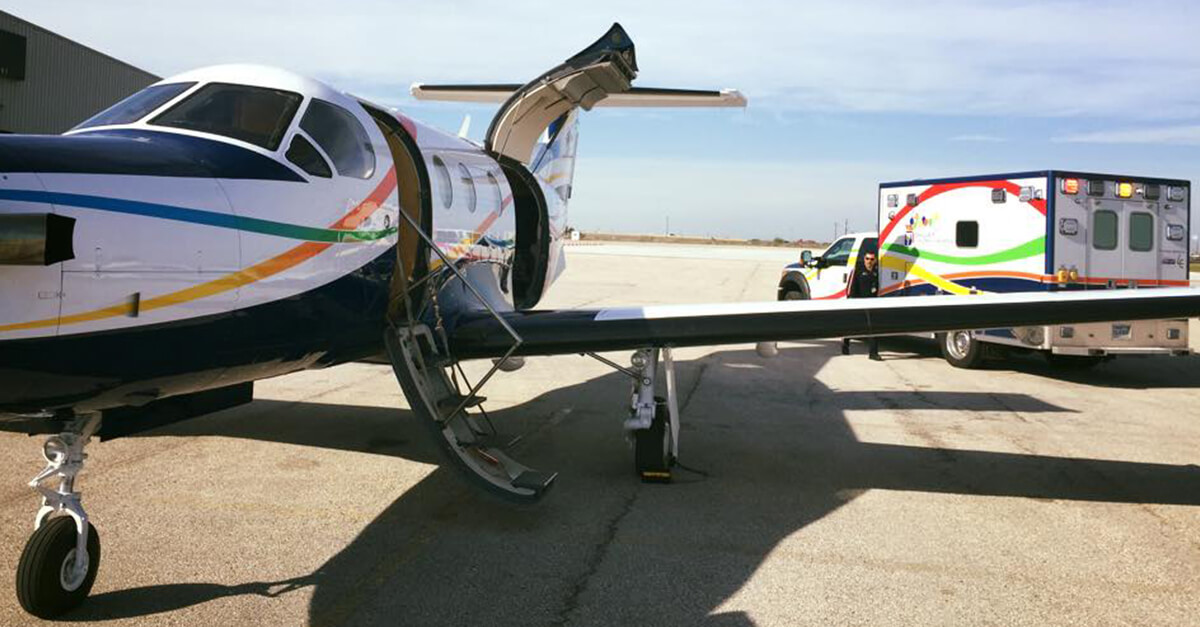
April 20, 2020
The COVID-19 pandemic has led many business aircraft operators to rethink their procedures, particularly regarding proper sanitation of aircraft cabins and flight decks.
Corpus Christi, TX-based Sterling Air Services operates charter and air ambulance flights throughout South Texas, in addition to transporting medical personnel for a regional hospital network. While proper aircraft cleaning has always been a top priority for the company, the nature of the novel coronavirus requires a new approach.
“We’re in frequent consultations with our hospital client about best practices to protect our pilots and passengers, and they’ve also had to change their approach as new information about the virus comes to light,” said Donald Christie, Sterling Air’s chief pilot and director of training. “Currently, our pilots are responsible for wiping down the medbed with sanitizing wipes and hitting other surfaces with Lysol spray before wiping them down and getting into the nooks and crannies.”
Disinfectant sprays and liquids can quickly damage the vinyl, cloth and leather used in aircraft cabins, which led Christie to investigate alternatives. After initially considering the use of high-temperature steam – which would have left surfaces unacceptably damp afterward – he opted for a PH-neutral virucide and UV-C lighting, which also generates ozone.
Company pilots wear face masks during medevac flights, and they don full personal protective equipment when transporting a patient suspected of carrying COVID-19. As the pilots are already in protective gear, they are also responsible for cleaning the aircraft. Christie emphasized that pilots are provided time afterward to clean up, change clothes and even go home to shower if they like.
“Our team has adapted to these procedures very well,” he added. “Success relies on communication and cooperation between all parties, and I credit our IS-BAO Stage II-accredited safety management system for helping get everyone onboard with the changes.”
On a typical day, the company would operate between three and five flights for the hospital, using Pilatus PC-12, Beech King Air and BAE Jetstream 31 turboprop aircraft. However, with the coronavirus still rampant, Christie noted those numbers have decreased significantly.
“We’re now down to one or two flights per day for the hospital,” he said, “and while Part 135 charter has never been a core business for us, every one of the seven charters we had booked for April have cancelled.”


 International Business Aviation Council Ltd.
International Business Aviation Council Ltd.